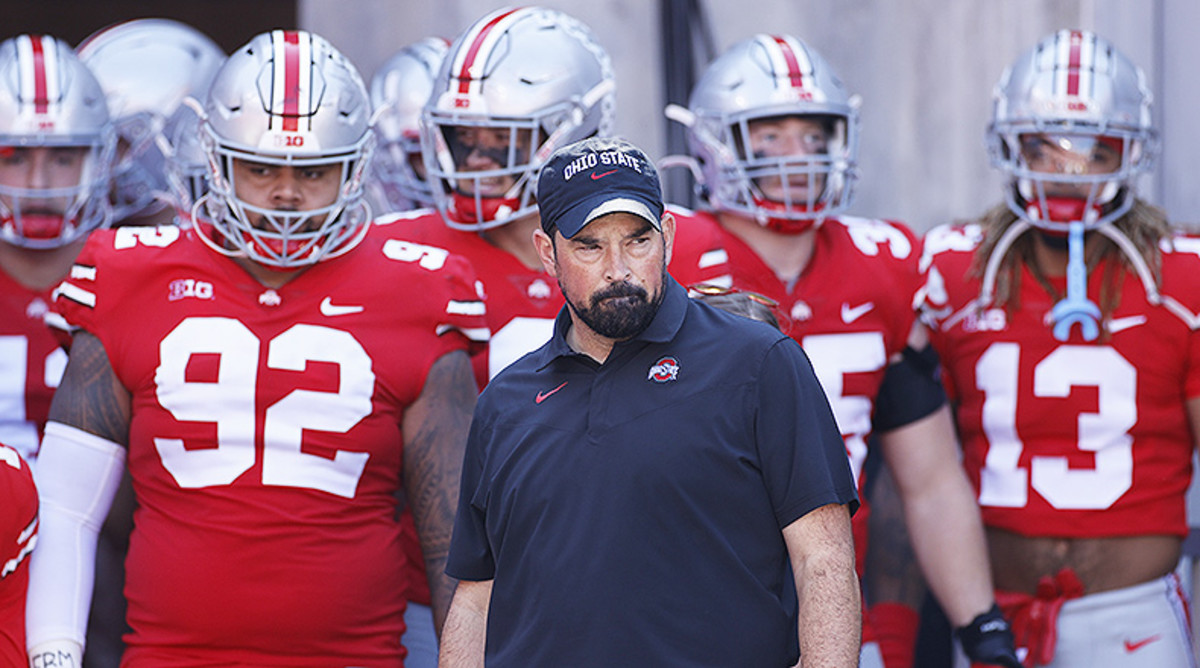BleedGopher
Well-known member
- Joined
- Nov 11, 2008
- Messages
- 63,946
- Reaction score
- 22,581
- Points
- 113
per Athlon:
When it comes to college football recruiting, no conference is doing it better than the SEC. But the Big Ten had a strong showing in the national recruiting rankings once again for the 2022 cycle. Each Big Ten team finished in the top 50 of the national recruiting rankings, joining the SEC as the only conference to do so despite each conference having 14 members. And if you break down the overall rosters within the Big Ten, there is a familiar name once again sitting on top.
But has the gap between Ohio State and its top challengers been closing over the years? Penn State appeared to be trending in that direction in previous years but it has yet to translate to on-field results. And Michigan has the bragging rights right now after dominating the Buckeyes in their rivalry game last season and going on to win the Big Ten title. Was that just a minor setback for Ohio State, or a preview of things to come in a shifting Big Ten?
Below are the national recruiting ranking averages for Big Ten schools over the last five (2018-22) classes, according to 247Sports' Composite Team Rankings, and each team's record over the last five (2017-21) seasons. Obviously, this doesn't take into account roster attrition, but, over time, this should be considered relatively even across the conference.

 athlonsports.com
athlonsports.com
Go Gophers!!
When it comes to college football recruiting, no conference is doing it better than the SEC. But the Big Ten had a strong showing in the national recruiting rankings once again for the 2022 cycle. Each Big Ten team finished in the top 50 of the national recruiting rankings, joining the SEC as the only conference to do so despite each conference having 14 members. And if you break down the overall rosters within the Big Ten, there is a familiar name once again sitting on top.
But has the gap between Ohio State and its top challengers been closing over the years? Penn State appeared to be trending in that direction in previous years but it has yet to translate to on-field results. And Michigan has the bragging rights right now after dominating the Buckeyes in their rivalry game last season and going on to win the Big Ten title. Was that just a minor setback for Ohio State, or a preview of things to come in a shifting Big Ten?
Below are the national recruiting ranking averages for Big Ten schools over the last five (2018-22) classes, according to 247Sports' Composite Team Rankings, and each team's record over the last five (2017-21) seasons. Obviously, this doesn't take into account roster attrition, but, over time, this should be considered relatively even across the conference.

Big Ten Football: Ranking the Rosters for 2022
Here's how the Big Ten's teams stack up over the last five years when it comes to recruiting rankings and success on the college football field.
Go Gophers!!
